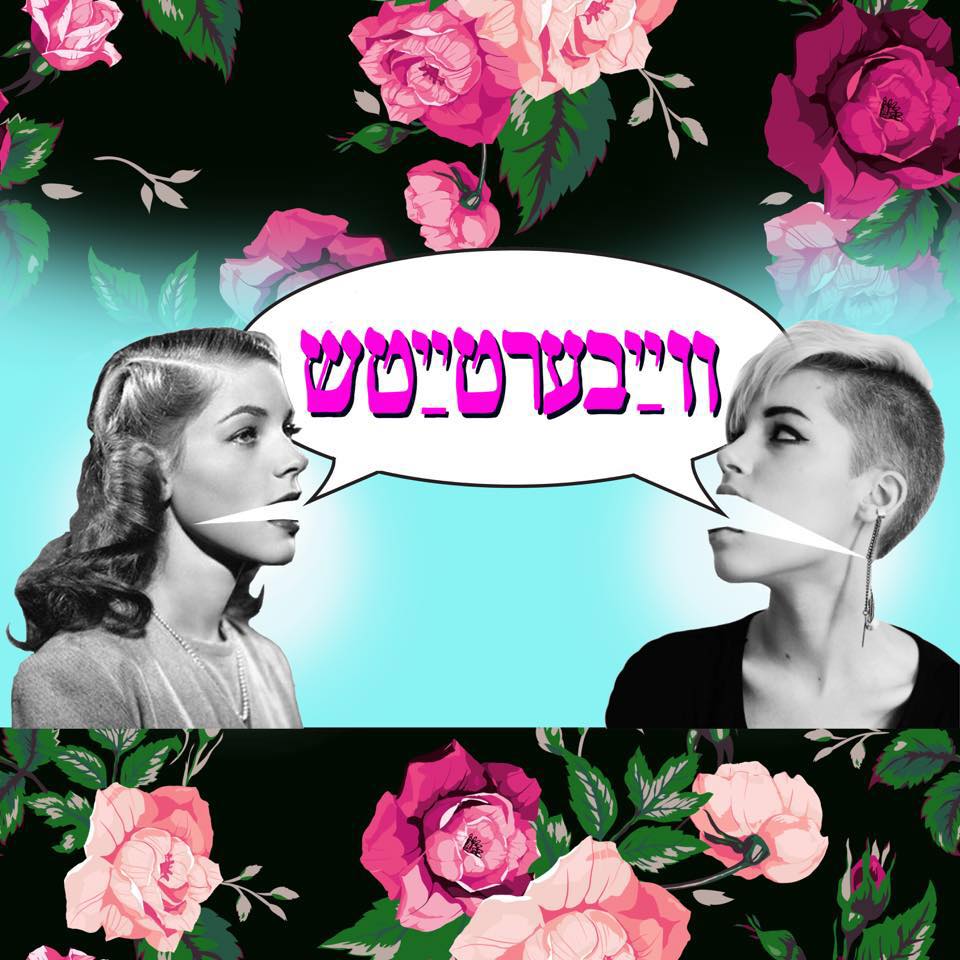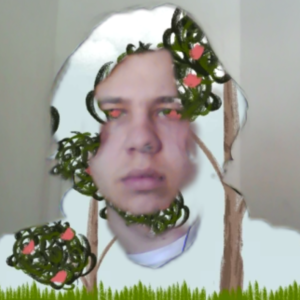Yiddish holds an extraordinary place in Jewish history. From a Middle High German lexical and syntactic base, Yiddish was shaped by the conditions of Jewish life in Central Europe. It adopted words and syntax from Romance and Slavic languages, and, of course, was heavily influenced by the Hebrew and Aramaic of traditional Jewish learning. The structure of argument in Yiddish, the by the way’s, the none other than’s, the in general’s and in particular’s are adopted whole cloth from Mishnah and Talmud. Yiddish causes its speakers to interpret the world in terms of traditional Jewish thought by its very structure.
But Yiddish is a Jewish language that has always been under attack by Jewish institutions. Gershom Scholem called Yiddish an ungeheure daemonische Zwischensphaere des Wortes (“a monstrous and demonic intermediate sphere of the word”), and Hebrew author Reuben Brainin once wrote, “Yiddish is soaked in the stench of the market, all the filth of the ugliness of modern life.” It is the language of the people, by and large despised by the elite, and invariably associated with the pain of exile.
But, through all of this, through Hitler, Zionism, and assimilation, Yiddish has managed to hang on. First, as the continuous spoken language of many Haredim, and second in the secular world of the Yiddishist, through publications like the Forverts, which still publishes a monthly Yiddish newspaper (but will end its 121-year run in April). Despite its old believers, though, Yiddish has lain more or less dormant for the past thirty or so years.
But now a new generation is rising up, and Yiddish is seeing more activity among young people than it has since the era of the Yiddish paper and Bund. Yiddish summer programs draw large crowds of high school and college-aged students. New Yiddish songs are being written and released on Soundcloud.
Vaybertaytsh is a particularly interesting facet of the new Yiddish culture. The name translates to “Wive’s German” or “Wive’s Translation,” depending on whom you ask, and is a very old, very derisive, and very misogynistic term for Yiddish. “Wive’s German,” that is, the unlearned language of women in which frivolous storybooks would be written. Worthless compared to the languages of the holy books. Vaybertaytsh seeks to reappropriate the name. It bills itself as a feminist, queer podcast in Yiddish, and it lives up to this description.
The podcast’s creator is Sandra Fox, who recently received a doctorate in History and Hebrew Judaic Studies from New York University and is now a postdoctoral fellow at Ben Gurion University in Beersheba, Israel. But when Sandra Fox is on the mic, she is replaced by Sosye, whom she calls her “Yiddish-speaking alter-ego.” In a Polish Yiddish not usually learned by young speakers of the language, Sosye discusses anything and everything.
When I asked Sosye why she began the podcast, she gave me two reasons. First of all, “my goal in the beginning was to create a space for Yiddish-speakers, particularly women and other marginalized folks, to express themselves using Yiddish as a medium.” On the surface, feminist, queer content in Yiddish seems strange. But, as Sosye put it, “I tend to agree with the idea that Yiddish as underdog, as an oppositional force to Hebrew hegemony or to assimilation, has an attraction to people who feel at times like the underdog.”
Today, Yiddish is especially attractive to Jews who do not feel in step with modern Jewish culture. Whether that be because they are queer, non-religious, or anti-Zionist, the new Yiddish speaker identifies strongly with the condition of Yiddish itself. That is, scholarly and worldly, and outsidered. A language that is so profoundly Jewish and yet is despised or forgotten by most Jews.
For the modern Jew, Yiddish connotes bubbes and Tevyes. But the language has always been radical. The Yiddish Bund was a major force in the labor movement of the early 20th century. Yiddish was the language of the people; the labor movement was hardly interested in courting the favor of the Hebrew-consuming intellectual Jewish elite. In fact, Trotsky learned to read Yiddish in order to read Bundist writings in their original. Vaybertaytsh follows in a long tradition of Yiddish radicalism, of Jewish discourse that is on the fringes on Jewish society. Yiddish feminist and queer discourse can be seen as analogous to the Yiddish Socialist discourse of years gone by.
However, when I asked Sosye about her thoughts on the place of Vaybertaytsh in the history of Yiddish thought, she responded that she “[does not] really think of Vaybertaytsh as journalism.” Instead, she views the podcast as “a performance in which my Yiddish-speaking alter-ego plays out fantasies of a Yiddish-speaking world.” A world that is rich and varied, unlike the majority of Yiddish media, which she says is primarily about…Yiddish.
“Sometimes the conversations on the show touch upon Yiddish, sure,” Sosye said. “But I’m honestly more interested in subjects and people who use Yiddish to talk about their work, about music and art, about romance and sexuality – really about whatever inspires them. So it was on the one hand a feminist idea, and on the other hand I had a Yiddishist vision. How does a language live if we only use it to talk about itself?”
Vaybertaytsh is the lost dream of a future-past, I realized. It asks, what if Yiddish had a different fate? Or, perhaps better more accurately, why shouldn’t it? Sosye rejects the term “revival” when it comes to her work and other contemporary Yiddish projects like the Yiddish Farm, or the online journal In Geveb.
Vaybertaytsh is not an attempt at revival. It is – simply and powerful – a feminist podcast in Yiddish.
Jonah Lubin is a student at the University of Chicago.
Featured image courtesy of http://www.vaybertaytsh.com/.

